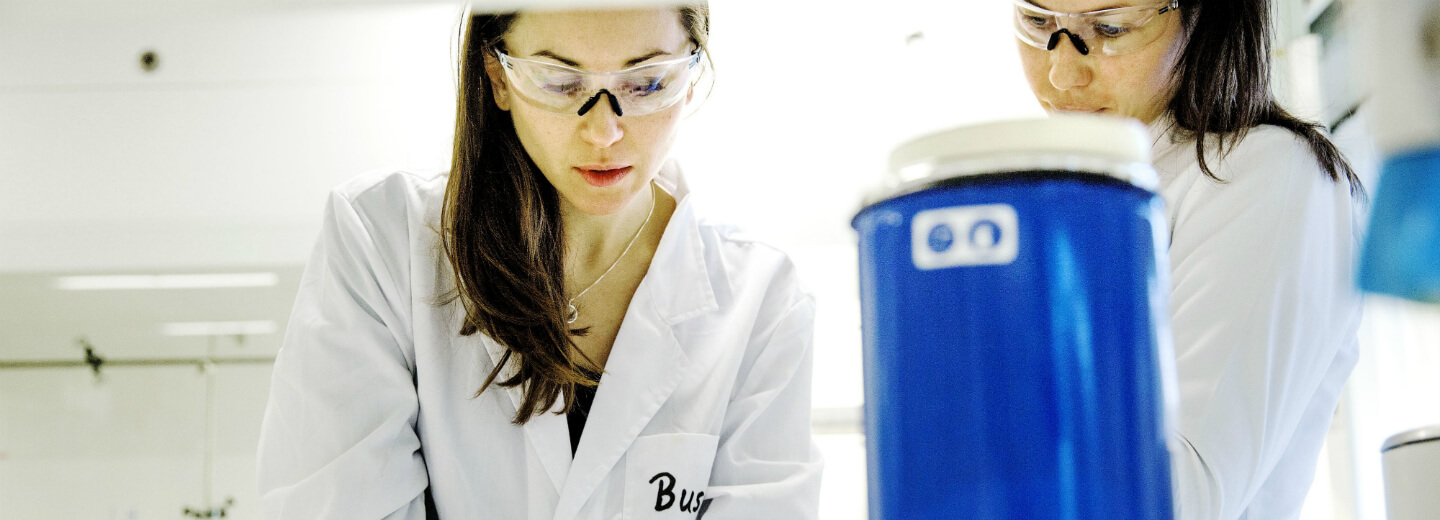
Research with the outside world
When a NAT researcher enters a collaboration with a company, it opens up new opportunities for both the researcher and their department.
By Tina Larsen, tila@sdu.dk
A collaboration can contribute not only with new research but also with more funding for the researcher, which is important in a time of increased competition for research funding. A company collaboration can also make a difference to the students at the department, for instance through thesis or PhD projects, thereby creating an interaction between SDU and the company.
Thomas Schmidt, Head of Office at the Research and Innovation Office (previously SDU Business), hopes that in the future more researchers will see the benefit of a company collaboration. As he says:
"It's worth considering a company collaboration if a researcher wants to introduce new perspectives in their research or wants to supplement their existing research, because company collaborations often generate more funding for the researcher. Company collaborations can also inspire young researchers in particular to consider alternative career paths. Here at RIO, we assist researchers from the very first contact with a company to entering an agreement about the collaboration, and through to the potential patenting and commercialisation of the research results. Our task is to help things progress as smoothly as possible, and we often see that when a company collaboration is successful, it contributes a whole new angle to the research than was previously the case".
Thomas Schmidt explains that legally there are two options in a collaboration with a company. One is called co-financed collaboration. This means that the research is co-financed by the company partner, and the researcher has the option to publish articles based on the research. This option contains overheads for SDU by individual agreement, but always a minimum of 10% to cover SDU's project expenses. The second option is contract research, or income-covered activity, where the research belongs to the company, and consequently the researcher does not have the right to publish based on the research. In this case, the Faculty of Science receives a minimum of 180% for overheads, and the distribution of the funding is often agreed on internally in the department by the researcher and the head of department.
Associate Professor Kira Astakhova from the Department of Physics, Chemistry and Pharmacy is a good example of a researcher who both has research collaborations and has commercialised some of her research results. In SDU Business' annual report from 2016, Kira Astakhova says:
"It is beneficial to work with companies. They have a special perspective on things, and they contribute a great deal. For instance, at Promega where a chemist says that they have just created a substance and asks if we are interested in testing it. Or we take care of the synthesis, and then Euro Diagnostica tests it. They have equipment which we don't have, and vice versa. Collaborations are always different, and that's what makes them interesting".
Read the full interview with Kira Astakhova in SDU Business' annual report from 2016 (pp. 12-13).